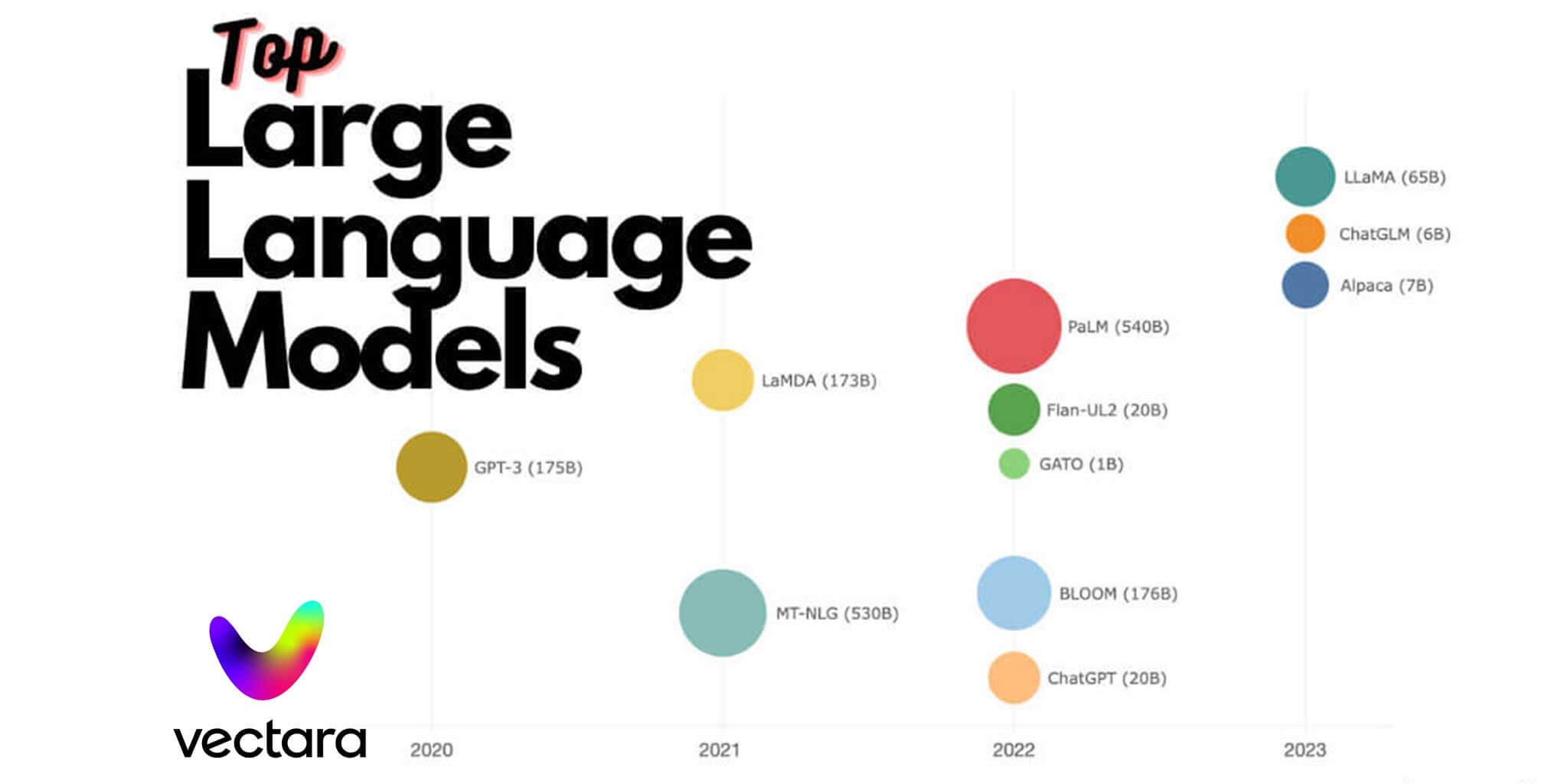
1. The Rise of LLMs: Transforming Language and Communication1. The Rise of LLMs: Transforming Language and Communication The advent of Large Language Models (LLMs) has sparked a transformative revolution in the realm of language and communication. These sophisticated AI models, with their unparalleled capacity to understand, generate, and manipulate human language, are ushering in unprecedented possibilities and challenges. Understanding and Generation of Human-Like Text: LLMs excel at understanding the nuances and complexities of human language. They can analyze text to extract meaning, identify sentiment, and generate coherent, natural-sounding text that is indistinguishable from human-written content. This capability has applications in various domains, including: * Chatbots and virtual assistants: LLMs enable sophisticated and engaging conversations, providing personalized assistance and information. * Content creation: LLMs can generate articles, stories, poems, and other forms of content that are both informative and entertaining. * Language translation: LLMs leverage their multilingual capabilities to translate text with high accuracy and fluency. Revolutionizing Search and Information Retrieval: LLMs have become integral to modern search engines. They analyze vast amounts of text to provide relevant and comprehensive results, offering users a more efficient and accurate way to find information. Additionally, LLMs can: * Summarize complex documents: They condense lengthy content into concise and informative summaries. * Identify key insights: They extract essential information from text, making it easier for users to understand and retain knowledge. * Generate knowledge graphs: LLMs connect related concepts and entities based on their understanding of language, creating interconnected knowledge networks. Challenges and Considerations: While LLMs offer immense potential, their rapid rise has also raised important considerations: * Bias and Discrimination: LLMs are trained on vast datasets that may contain biases or discriminatory language. This can lead to the propagation of biased outputs, requiring careful monitoring and mitigation strategies. * Fake News and Misinformation: LLMs can generate highly believable but false information, posing a threat to truthfulness and public discourse. * Job Displacement: LLMs may automate tasks currently performed by humans, potentially leading to job loss in certain sectors. Conclusion: The rise of LLMs is reshaping the way we communicate, access information, and create content. Their capacity to understand and generate human-like text has transformative implications across numerous industries and domains. By addressing the challenges and leveraging the opportunities they present, we can harness the power of LLMs to enhance our understanding of language, improve our communication abilities, and unlock new frontiers in human-computer interaction.
Posted inNews